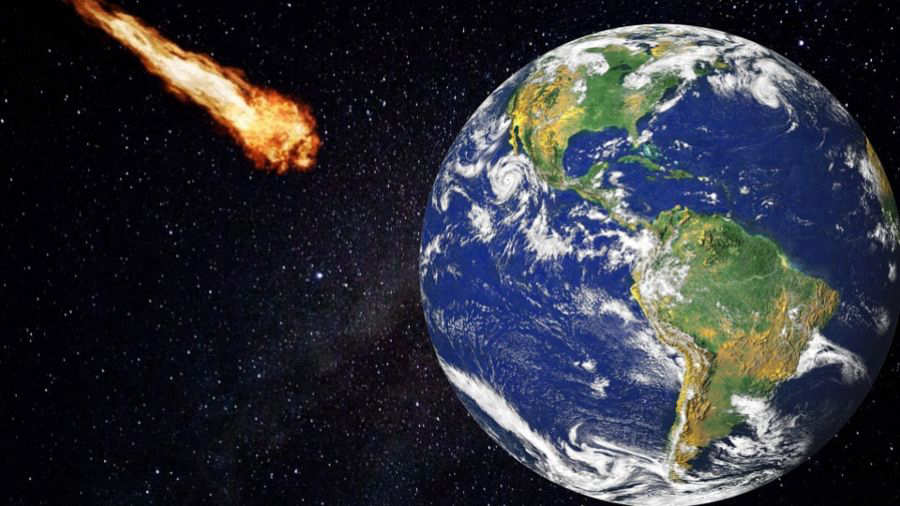
The collision would have the power of 150 Hiroshima bombs and would leave an apocalyptic scenario on our planet.
The National Aeronautics and Space Administration (NASA) estimated that the 2009 asteroid JF1 could hit Earth on March 6, 2022 at 8:34 a.m.
The collision would have the power of 150 Hiroshima bombs and would leave an apocalyptic scenario on our planet.
You may be interested in: This January the Sun will rise later than usual
In addition, NASA estimates that the probability of impact is 1 in 3,800 (1 0.026%), however it defines it as “potentially dangerous”.
The date set by the collision has been specified after the exhaustive observation of the asteroid through a collision monitoring system of the US space agency that catalogs objects close to the planet depending on its size, speed, dimensions and year in which the impact is believed to occur.
Asteroids are celestial bodies, which move in orbits, whether of little or considerable eccentricity around the Sun, and the inclination over the elliptical can be from any angle.
“Some asteroids and comets follow orbital paths that bring them much closer to the Sun than usual and therefore to Earth,” NASA said in a statement.
You may be interested in: “Dimorphos,” the asteroid that NASA will try to divert from its course to protect Earth
These asteroids are constantly monitored by NASA’s Jet Propulsion Laboratory, using an automated system called Sentry. This system manages to measure a large amount of data to determine, for example, that 2009JF1 is an asteroid Apollo, meaning that its orbit around the Sun is larger than that of Earth.
According to NASA, “Sentry is a highly automated collision monitoring system that continuously scans the most up-to-date asteroid catalog for potential future impacts on Earth for the next 100 years. Whenever detected a potential impact will be analyzed and the results will be published immediately here, except in unusual cases where we seek independent confirmation.It is normal that, as additional observations become available, objects will disappear from this table when no longer available. there are detections of possible impacts. For this reason, we keep a list of deleted objects with the date of removal “.